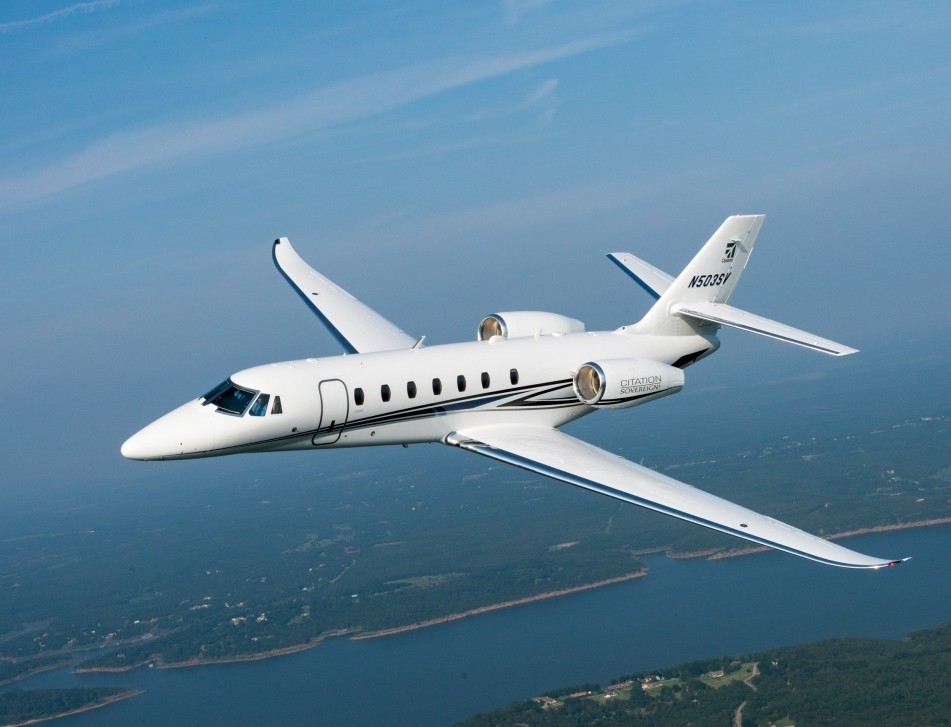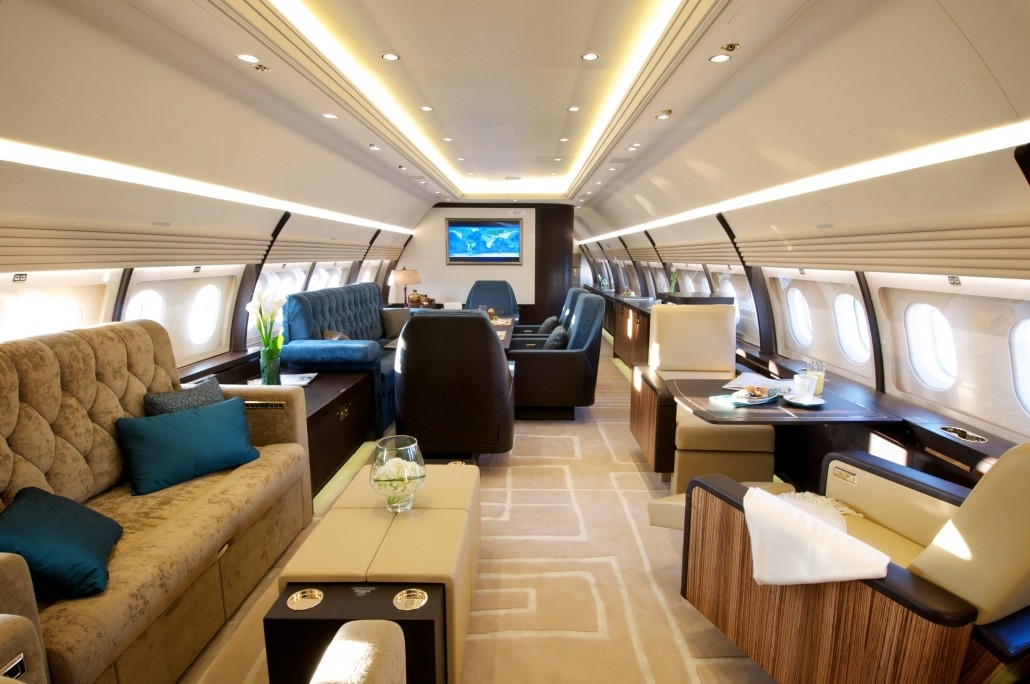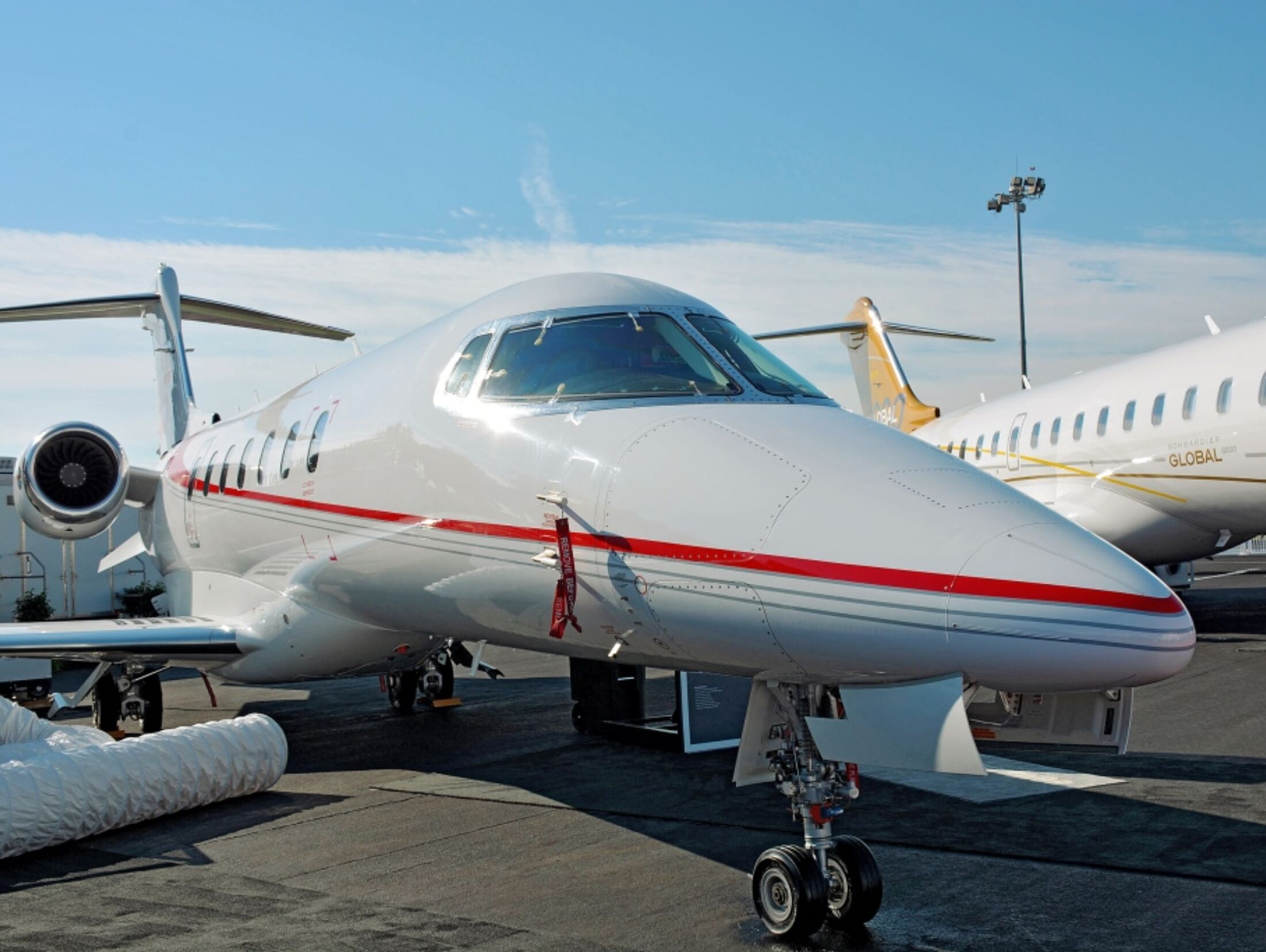As someone who has had the privilege of regularly chartering private jets for both business and leisure travel, I’ve experienced firsthand the transformative power of this mode of transportation. The convenience, comfort, and exclusivity it offers is truly unparalleled, allowing me to maximize my productivity, minimize travel-related stress, and enjoy a level of personalization that commercial aviation simply cannot match.
However, I also recognize that the lure of private jet travel can be accompanied by a significant financial investment. With hourly rates that can range from several thousand dollars to tens of thousands, it’s crucial to have a deep understanding of the various factors that contribute to the overall cost. This knowledge will empower you to make informed decisions, negotiate more favorable terms, and ultimately get the most value out of your private jet charter experience.
In this comprehensive guide, I’ll dive into the complex world of private jet expenses, leaving no stone unturned as we explore the key components that shape the final price tag. From the type and size of the aircraft to the impact of seasonality and demand, we’ll leave no detail unexplored, equipping you with the insights needed to confidently navigate the private aviation market.
Whether you’re a seasoned executive seeking to optimize your travel efficiency or an individual aspiring to enjoy the luxury and convenience of private jet travel, this article will provide you with the knowledge and tools to make the best decision for your unique needs and budget.
Understanding the Building Blocks of Private Jet Pricing
Before we delve into the specific factors that influence the cost of a private jet charter, it’s important to establish a solid understanding of the foundational elements that make up the overall price.
Aircraft Type and Size
One of the most significant factors in determining the cost of a private jet charter is the specific aircraft you choose. Private jets come in a wide range of sizes and configurations, from small, single-engine turboprops to large, long-range business jets. As you might expect, the larger and more advanced the aircraft, the higher the hourly rate.
For example, a small, four-seat private turboprop aircraft might cost anywhere from $1,500 to $3,000 per hour to charter, while a large, 12-seat heavy jet could range from $5,000 to $10,000 per hour or more. It’s important to carefully consider the number of passengers you’ll be traveling with, as well as the amount of luggage and cargo, to ensure you select the appropriate aircraft size.
Additionally, the age and condition of the aircraft can also impact the charter rate. Newer, more modern jets typically command a higher hourly rate than older, less technologically advanced models.
Flight Distance and Duration
Another key factor in the cost of a private jet charter is the distance and duration of the flight. Longer flights, naturally, will result in higher overall costs due to the increased fuel consumption and crew time required. Shorter, regional flights may be more cost-effective, especially if you’re able to take advantage of “empty leg” or “one-way” flights, where the aircraft is already scheduled to return to its home base.
To give you a better idea of how distance can affect the cost, consider the following example: A flight from New York to Los Angeles on a mid-size private jet might cost around $30,000 to $40,000 one-way. However, a shorter flight from New York to Chicago on the same aircraft could be in the range of $15,000 to $20,000.
It’s worth noting that the cost per mile or per hour can also vary depending on the specific aircraft and the particular route being flown. Factors such as weather conditions, airspace restrictions, and airport fees can all contribute to the final price tag.
Number of Passengers
The number of passengers traveling on the private jet charter can also impact the overall cost. While the hourly rate for the aircraft remains the same regardless of occupancy, the cost per person can decrease as the number of passengers increases. This is because the fixed costs of the charter are divided among more individuals.
For example, a four-seat private jet charter with a single passenger would cost the same as if all four seats were occupied. However, the cost per person would be significantly lower with a full cabin. This makes private jet charter a more cost-effective option for groups or families traveling together.
Additionally, some private jet operators may offer discounted rates or special packages for larger parties, further reducing the per-person cost.
Amenities and Catering
The level of amenities and catering requested can also play a role in the overall cost of a private jet charter. In-flight catering, such as gourmet meals, premium beverages, and snacks, can add to the final price. Additionally, requests for specific in-flight entertainment, WiFi, or other customized services may incur additional fees.
It’s important to discuss your preferences and needs with the charter operator upfront, as they can provide guidance on the various options and associated costs. This will help you better manage your budget and ensure that you’re only paying for the amenities you truly desire.
Positioning Fees and Taxes
Finally, it’s crucial to factor in any additional fees and taxes that may be associated with your private jet charter. These can include:
- Positioning Fees: If the aircraft needs to be repositioned from its current location to your departure point, this “deadhead” leg will be charged as part of the overall cost.
- Airport Fees: Certain airports may have higher landing, parking, or handling fees that can impact the total cost of the charter.
- Crew Expenses: The cost of accommodating the flight crew, including hotel stays and meals, may be passed on to the charterer.
- Taxes: Depending on your departure and arrival locations, various taxes and fees may be applicable, such as federal excise tax, segment fees, and local sales tax.
It’s important to review the full cost breakdown provided by the charter operator to understand exactly what is included in the quoted price and what additional expenses you may be responsible for.
Factors That Can Affect Private Jet Pricing
Now that we’ve covered the basic components that make up the cost of a private jet charter, let’s delve into some of the additional factors that can influence the final price.
Seasonality and Demand
Like many other industries, the private jet charter market experiences fluctuations in demand throughout the year. Certain times of the year, such as the peak summer travel season or the holidays, tend to see higher demand and, consequently, higher charter rates.
Conversely, the shoulder seasons or off-peak periods may offer more favorable pricing as charter operators seek to fill empty legs and maintain a steady flow of business. If your travel schedule is flexible, being open to flying during these less-busy times can result in significant cost savings.
It’s also important to note that demand for private jet charter can be influenced by broader economic conditions and events. For example, during times of economic uncertainty or market volatility, businesses and individuals may be more cautious with their travel budgets, leading to decreased demand and potentially lower charter rates.
Booking Lead Time
The amount of time between when you book your private jet charter and the actual travel date can also impact the cost. Generally speaking, the more lead time you can provide, the better the rate you’re likely to secure.
This is because charter operators can more effectively manage their aircraft schedules and crew availability when bookings are made well in advance. Last-minute or short-notice bookings, on the other hand, may result in higher prices as the operator scrambles to accommodate the request.
Additionally, booking well in advance gives you a better chance of securing your preferred aircraft type and availability. This can be especially important during peak travel seasons or for popular travel routes.
Frequent Flyer Discounts and Loyalty Programs
Some private jet charter companies offer loyalty programs or discounts for frequent flyers, similar to the rewards programs found in the commercial airline industry. These can provide significant cost savings for individuals or businesses that regularly charter private jets.
By enrolling in these programs and accumulating points or credits, you may be able to enjoy discounted hourly rates, free upgrades, or other perks that can help offset the overall cost of your private jet charter. It’s always worth inquiring about any available loyalty programs or discounts when requesting a quote.
Empty Legs and One-Way Flights
One of the ways to potentially save on the cost of a private jet charter is to take advantage of “empty leg” or “one-way” flights. These are instances where a private jet is already scheduled to reposition from one location to another, either to pick up or drop off other passengers.
Because the aircraft would be flying without passengers on these legs, charter operators are often willing to offer significant discounts to fill the empty seats. While the departure and arrival points may not align perfectly with your travel needs, being flexible and willing to adapt your itinerary can result in substantial cost savings.
It’s worth noting that empty leg and one-way flight availability can be quite limited and highly in-demand, so it’s important to work closely with your charter operator to identify any suitable opportunities.
Calculating the Total Cost of Private Jet Travel
Now that we’ve explored the various factors that contribute to the cost of a private jet charter, let’s dive deeper into the specific expenses you can expect to incur when booking this mode of transportation.
Hourly Charter Rates
The hourly charter rate for a private jet is the foundation of the overall cost. As mentioned earlier, this rate can vary significantly depending on the size and type of aircraft, with smaller turboprops typically ranging from $1,500 to $3,000 per hour, and larger, more luxurious jets costing upwards of $5,000 to $10,000 per hour.
To give you a more concrete example, let’s say you’re chartering a mid-size private jet with an hourly rate of $4,500. For a flight from New York to Los Angeles, a distance of approximately 2,500 miles, the total flight time would likely be around 5-6 hours. This would result in a base charter cost of $22,500 to $27,000 for the one-way trip.
Positioning Fees
In addition to the hourly charter rate, you’ll also need to factor in any positioning fees that may apply. Positioning fees cover the cost of the aircraft flying to your departure location, as well as the return flight to the operator’s home base.
Depending on the distance of the positioning flights, these fees can add several thousand dollars to the overall cost of the charter. For example, if the private jet needs to be repositioned from another city, say Chicago, to New York for your departure, the additional positioning flights could add $10,000 or more to the total cost.
It’s worth noting that some charter operators may be able to minimize positioning fees by having the aircraft already stationed at your desired departure point, or by coordinating with other clients to share the cost of the positioning flights.
Crew and Catering Expenses
The crew and catering costs associated with a private jet charter are another significant expense to consider. Depending on the size of the aircraft and the level of service you require, the crew may include a pilot, co-pilot, flight attendant, and potentially a chef or mixologist.
The crew’s accommodation, including hotel stays and meals, as well as any in-flight catering and refreshments, will be passed on to you as part of the overall charter cost. These expenses can range from a few thousand dollars for a short, regional flight to upwards of $10,000 or more for a longer, international trip with extensive catering needs.
Airport and Handling Fees
Private jet travelers must also be mindful of the various airport and handling fees that may be incurred during the course of their trip. These can include landing fees, parking fees, ground handling charges, and even customs and immigration fees for international flights.
The specific fees can vary significantly depending on the airports you’re using, their size, and the level of service required. Generally, larger, busier airports tend to have higher fees, while smaller, private aviation-focused airports may be more cost-effective.
On average, expect to pay anywhere from $1,000 to $5,000 or more in airport and handling fees for a typical private jet charter, with the higher end of the range applicable for longer, international flights.
Taxes and Regulatory Fees
Last but not least, private jet travelers must also account for the various taxes and regulatory fees that apply to their charter flights. These can include federal excise tax, segment fees, and potentially state or local sales taxes, depending on your departure and arrival locations.
The federal excise tax on private jet charter flights is currently set at 7.5% of the total charter cost, excluding certain taxes and fees. Additionally, there is a segment fee of $4.60 per passenger for each domestic flight segment.
For international flights, the tax and fee structure can become more complex, with the potential for additional customs, immigration, and security-related charges. It’s important to discuss these requirements with your charter operator to ensure you have a clear understanding of the total tax burden.
Putting It All Together: Sample Private Jet Charter Costs
To provide a more tangible example of the total cost of a private jet charter, let’s consider a specific scenario:
Scenario: A group of 6 executives needs to travel from New York to Los Angeles for a business meeting. They’ve decided to charter a mid-size private jet with an hourly rate of $4,500.
Let’s break down the estimated costs:
Hourly Charter Rate:
- Estimated flight time of 5-6 hours
- $4,500 per hour
- Total charter cost: $22,500 – $27,000
Positioning Fees:
- Estimated cost to reposition the aircraft from Chicago to New York: $10,000
Crew and Catering Expenses:
- Pilot, co-pilot, and flight attendant
- Hotel stays and meals for the crew
- In-flight catering and refreshments
- Estimated total: $8,000 – $12,000
Airport and Handling Fees:
- Landing fees, parking fees, ground handling charges
- Estimated total: $3,000 – $5,000
Taxes and Regulatory Fees:
- Federal excise tax (7.5% of charter cost): $1,688 – $2,025
- Segment fees ($4.60 per passenger, 2 segments): $55.20
Total Estimated Cost: $45,243 – $55,080
In this scenario, the total cost of chartering the mid-size private jet for the 6 executives from New York to Los Angeles would be in the range of $45,243 to $55,080.
It’s important to note that these are just estimates and the actual costs may vary depending on the specific circumstances of your trip, such as the time of year, any additional requests or amenities, and the availability of the aircraft.
The Allure of Luxury: Is Private Jet Travel Worth the Price?
As someone who has experienced the benefits of private jet travel firsthand, I can attest to the truly transformative nature of this mode of transportation. The convenience, comfort, and exclusivity it offers is simply unparalleled, allowing me to optimize my time, minimize travel-related stress, and enjoy a level of personalization that commercial aviation simply cannot match.
However, I also recognize that the cost of private jet charter can be a significant financial investment, and it’s crucial to carefully weigh the pros and cons to determine if it’s the right choice for your specific needs and budget.
By understanding the key cost drivers, potential savings opportunities, and the compelling advantages of private jet travel, you can make an informed decision that aligns with your unique priorities and goals. Whether you’re a seasoned private jet user or considering this mode of transportation for the first time, the insights and strategies provided in this comprehensive guide can help you navigate the world of private aviation with confidence.
Ultimately, the decision to charter a private jet comes down to a personal assessment of your specific needs and preferences. For some, the convenience and exclusivity it offers may be well worth the investment, while for others, the cost may be prohibitive. Regardless of your perspective, I hope that this article has provided you with the knowledge and tools to make the best choice for your unique circumstances.
So, if you’re ready to elevate your travel experience and explore the benefits of private jet charter, I encourage you to reach out to reputable operators and start planning your next unforgettable journey. By leveraging the power of private aviation, you can unlock a level of luxury, productivity, and personalization that can truly transform the way you travel.



